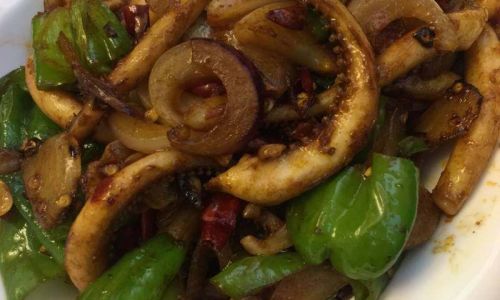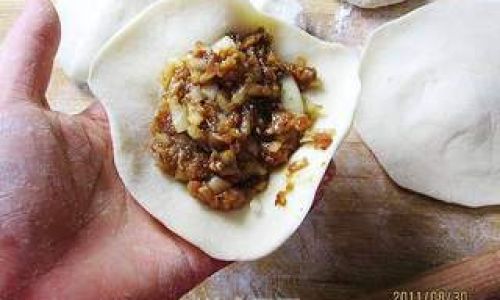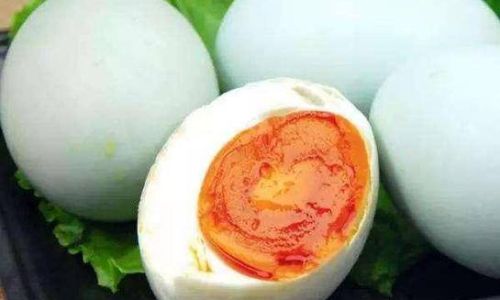Table of content
Introduction
Onion sauce, a versatile condiment that can elevate the flavor of numerous dishes, is a staple in many cuisines worldwide. From burgers and hot dogs to grilled meats and vegetables, onion sauce adds a depth of flavor that is both savory and slightly sweet. While you can easily find pre-made versions in stores, nothing beats the freshness and customized taste of homemade onion sauce. In this comprehensive guide, we’ll walk you through the step-by-step process of making your own onion sauce, ensuring you end up with a delicious, aromatic blend that complements a wide range of foods.

Ingredients
Before diving into the preparation, let’s gather all the necessary ingredients. The beauty of onion sauce lies in its simplicity, allowing the natural sweetness and flavor of onions to shine through. Here’s what you’ll need:
- 4 large yellow onions, thinly sliced (about 6 cups)
- 4 tablespoons unsalted butter or olive oil (for a healthier option)
- 2 cloves garlic, minced
- 1 cup beef or vegetable broth (or dry white wine for a more sophisticated touch)
- 1/4 cup balsamic vinegar or red wine vinegar (adjust to taste)
- 1/4 cup brown sugar or honey (for a natural sweetness)
- 2 tablespoons soy sauce or Worcestershire sauce (for added umami)
- 1 teaspoon dried thyme
- 1 teaspoon dried rosemary
- 1/2 teaspoon smoked paprika (optional, for a smoky flavor)
- Salt and freshly ground black pepper, to taste
- 1/4 cup all-purpose flour (optional, for a thicker sauce)
- 1/2 cup heavy cream or milk (optional, for a richer texture)
Equipment
- Large skillet or saucepan with a lid
- Wooden spoon or silicone spatula for stirring
- Measuring cups and spoons
- Blender or immersion blender (optional, for a smoother sauce)
- Fine-mesh strainer (optional, for a smoother texture)
- Cheesecloth (optional, for straining out solids if desired)
Preparation Steps
Step 1: Sautéing the Onions
-
Heat the Pan: Place your large skillet or saucepan over medium heat. Add the butter or olive oil and let it melt and coat the bottom of the pan evenly.
-
Add the Onions: Once the butter is melted and starting to bubble, add the thinly sliced onions. Stir to coat them evenly with the fat.
-
Cook Slowly: Reduce the heat to low and let the onions cook slowly, stirring occasionally. This slow cooking process, known as caramelizing, is crucial for developing the natural sweetness of the onions. It can take anywhere from 30 to 45 minutes, so patience is key.
-
Season Lightly: As the onions begin to soften and turn translucent, sprinkle them lightly with salt. This helps draw out moisture and accelerate the caramelization process.
Step 2: Adding Aromatics and Flavorings
-
Add Garlic: Once the onions are a deep golden brown, add the minced garlic. Stir constantly for about 1 minute to avoid burning the garlic, which can turn bitter.
-
Deglaze the Pan: Pour in the beef or vegetable broth (or wine), stirring to scrape up any browned bits stuck to the bottom of the pan. These bits, known as fond, add immense flavor to your sauce.
-
Incorporate Vinegar and Sugar: Add the balsamic or red wine vinegar and brown sugar (or honey). Stir well to combine and let the mixture simmer for another 5-10 minutes, allowing the flavors to meld together.
-
Season Further: Add the soy sauce or Worcestershire sauce, dried thyme, dried rosemary, smoked paprika (if using), and freshly ground black pepper. Taste and adjust the seasoning as needed.

Step 3: Thickening the Sauce (Optional)
-
Flour Slurry: If you prefer a thicker sauce, mix the flour with a small amount of cold water to form a slurry. Whisk this mixture into the sauce, one tablespoon at a time, until you reach your desired consistency. Let it simmer for another 5 minutes, stirring frequently, to cook out the flour taste.
-
Cream for Richness: Alternatively, or in addition to the flour slurry, you can stir in the heavy cream or milk. This will add a richer, creamier texture to your sauce. Let it simmer gently for a few minutes to blend the flavors.
Step 4: Blending for Smoothness (Optional)
-
Blend for Smoothness: For a silky smooth sauce, transfer the mixture to a blender and blend until smooth. Be cautious when blending hot liquids; start on a low speed and gradually increase to avoid splattering. Alternatively, use an immersion blender directly in the saucepan.
-
Strain for Clarity: If you prefer an ultra-smooth sauce with no onion pieces, pass the blended mixture through a fine-mesh strainer or use cheesecloth to strain out any remaining solids.
Step 5: Finishing Touches
-
Taste and Adjust: Taste your sauce once more and adjust the seasoning with salt, pepper, or a touch more sugar if needed.
-
Serve Warm: Serve your homemade onion sauce warm, drizzled over burgers, steaks, grilled vegetables, or any dish that could benefit from a tangy, sweet, and savory kick.
Storage
- Refrigeration: Store any leftover onion sauce in an airtight container in the refrigerator for up to a week. Reheat gently before serving.
- Freezing: For longer storage, freeze the sauce in portions in freezer-safe containers or ice cube trays. Thaw in the refrigerator overnight before reheating.
Tips and Variations
- Caramelization Tips: For even caramelization, ensure your pan is not overcrowded. If necessary, cook the onions in batches.
- Flavor Variations: Experiment with different herbs and spices, such as adding a pinch of cayenne pepper for a bit of heat or substituting fresh thyme and rosemary for the dried versions.
- Gluten-Free Option: Omit the flour slurry and thicken the sauce with a cornstarch slurry or simply reduce it longer to achieve your desired consistency.
- Vegan Option: Use vegetable broth, olive oil, and coconut sugar or maple syrup instead of brown sugar. Substitute almond milk or another plant-based milk for the heavy cream.
Conclusion
Making homemade onion sauce is a rewarding culinary endeavor that brings a touch of elegance to everyday meals. With its rich, multi-layered flavor profile, this sauce is sure to become a staple in your kitchen. By following these steps and tips, you’ll be able to create a batch of onion sauce that is perfectly tailored to your taste preferences. Enjoy experimenting with different ingredients and techniques to find your perfect version of this versatile condiment. Happy cooking!




0 comments